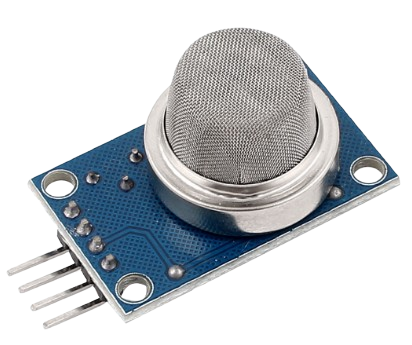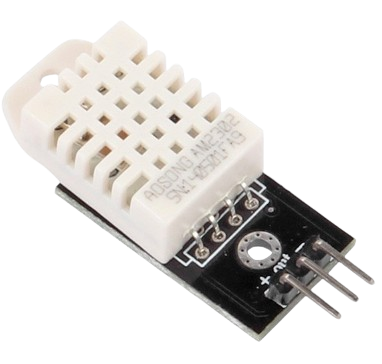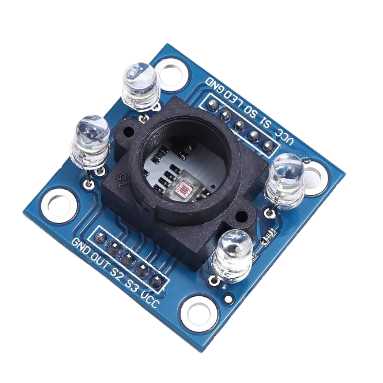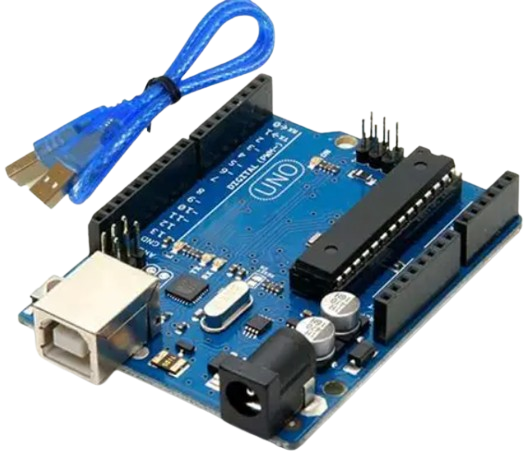🚀 New! Smart IoT Devices + Free Dashboard Access - Control Your Devices Online -
Access the RobuKits IoT Dashboard
*Product images are for illustrative purposes only. Actual product may differ from images. Please refer to the product description and specifications for details.
MQ-2 Gas Sensor Module – LPG, Smoke, and Flammable Gas Detection
₹150.0
Prices include applicable taxes.
0 sold
Only 50 left!
Check Delivery Availability
The MQ-2 Gas Sensor is a high-sensitivity module designed to detect LPG, propane, methane, alcohol, smoke, and other flammable gases. With a fast response time and reliable performance, it is widely used in safety systems, gas leak detection projects, and home automation setups. The sensor outputs both analog and digital signals, making it compatible with microcontrollers like Arduino, Raspberry Pi, and ESP32.
No reviews yet. Be the first to review!
Product Specifications
| Specification | Details |
|---|---|
| Model | MQ-2 |
| Sensor Type | Semiconductor gas sensor |
| Detection Range | 300 ppm – 10,000 ppm |
| Gases Detected | LPG, propane, methane, alcohol, hydrogen, smoke, etc. |
| Operating Voltage | 5V DC |
| Output Type | Analog & Digital |
| Preheat Time | 20 seconds |
| Dimensions | 32mm x 22mm x 27mm (approx.) |
| Sensitivity | Adjustable via onboard potentiometer |
| Operating Temperature | -20°C to +50°C |
Key Features
- High sensitivity to LPG, propane, methane, and smoke.
- Adjustable sensitivity via onboard potentiometer.
- Dual output: Analog voltage output and digital output.
- Long lifespan and reliable stability.
- Fast response and recovery times.
- Easy to interface with microcontrollers and development boards.
Applications
- Gas leakage detection systems.
- Smoke detection in safety alarms.
- Industrial gas monitoring.
- Home safety devices.
- Smart home automation systems.
- Fire prevention and early warning systems.
Frequently Asked Questions
The MQ-2 can detect LPG, propane, methane, alcohol, hydrogen, smoke, and other flammable gases.
Yes, the MQ-2 is widely used with Arduino, ESP32, ESP8266, Raspberry Pi, and other microcontrollers.
Yes, for accurate readings, the sensor should be preheated for at least 24 hours during initial use and calibrated in a known concentration of the target gas.
Yes, it operates at 5V DC and can be powered directly from an Arduino board’s 5V output.




